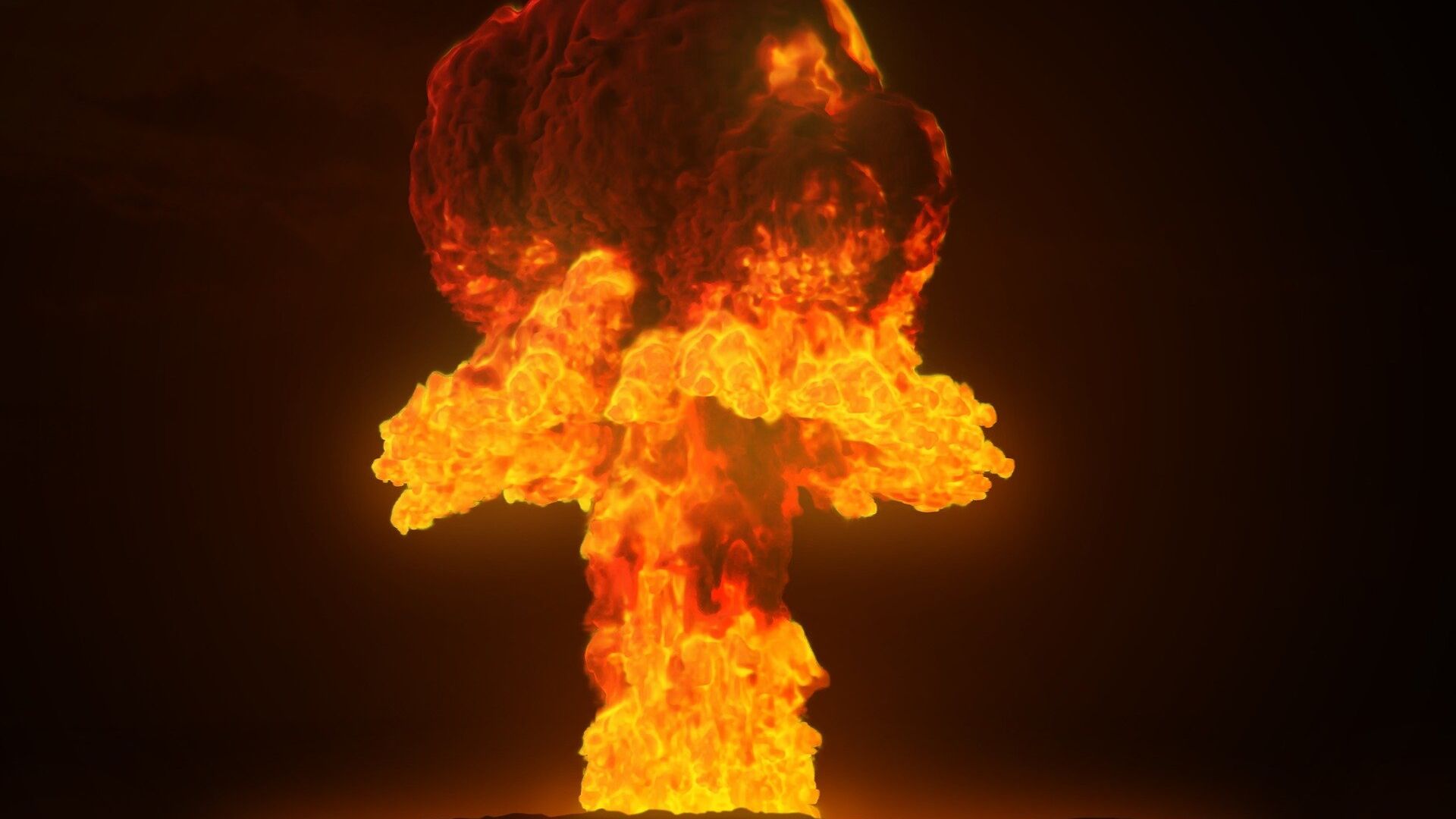US Has Produced its First in New Line of Updated 475-Kiloton Thermonuclear Warheads
23:48 GMT 15.07.2021 (Updated: 16:55 GMT 31.07.2023)

© Photo : Pixabay
Subscribe
The United States is expected to spend more than $1.2 trillion over the next three decades updating its nuclear arsenal, nearly all of which is more than 30 years old, dating back to the Cold War. However, some of the more recent and pricey additions have already been cut from the budget, like a sea-launched cruise missile.
The National Nuclear Security Administration (NNSA), a semi-autonomous agency of the US Department of Energy, announced on Tuesday that the first W88 Alt 370 had been completed at the Pantex Plant, a site in northern Texas where most of the US’ nuclear weapons are assembled. While the Pentagon is responsible for deciding how its nuclear weapons will be designed, the NNSA is responsible for actually assembling them.
“This accomplishment is the culmination of over a decade of work,” Acting NNSA Administrator Charles Verdon said in the news release. “The W88 Alt 370 is a crucial part of Nation’s strategy for the sea-based leg of the nuclear triad, and a testament to the Enterprise’s ability to execute major modernization programs. As we continue to modernize the stockpile, the successes and lessons learned from this program will bolster our future warhead activities to provide a safe, secure, and reliable deterrent.”
According to The War Zone, which viewed an official fact sheet on the DoE website that has since been taken down, the update “replaces the arming, fuzing, and firing subsystem, adds a lightning arrestor connector, and refreshes the conventional high explosives within the weapon to enhance nuclear safety and support future life extension program options.”
The warhead is an updated version of the W88 thermonuclear warhead. Much about the W88 is not officially known, but according to the Federation of American Scientists, the warhead employs a novel egg-shaped primary fission stage, which is technically very challenging to produce, but makes it possible to put greater explosive power on a smaller overall warhead. Thus, more can fit atop a Multiple Independent Reentry Vehicle (MIRV) missile like the Trident II, which is carried by US ballistic missile submarines.
However, the number that can be put on any one missile is severely limited by the New Strategic Arms Reduction Treaty (New START), a bilateral treaty with Russia that the two nations renewed earlier this year, after former US President Donald Trump nearly allowed it to lapse.
Found a somewhat similar diagram for the MC5000, a planned replacement of the MC3810 AF&F assembly. Along with a recent job posting for a Sandia R&D manager to design the MC5000! https://t.co/hucxBg1rjS pic.twitter.com/M6WK7RrIez
— Jon Engelsman (@engelsjk) April 24, 2018
The same warhead is also used on the B61 gravity bomb, which is deployed via strike aircraft or bombers.
About 400 of the W88s were built between 1988 and 1992 and the weapons have an estimated explosive yield of 475 kilotons, or more than 30 times the power of the bomb the US used to destroy Hiroshima, Japan, in August 1945 at the end of World War II.
The W88 is by far the largest warhead carried on the Trident II missile; the W76-1 has a yield of 90 kilotons, while the miniscule W76-2 has a yield of between 5 and 7 kilotons.
According to The War Zone, the warheads were delayed by several years, after doubts surfaced about a $5 off-the-shelf capacitor used in their construction, which the NNSA subsequently spent two years and $850 million trying to improve. The better version now costs $75.
Under former US President Donald Trump, the US began work on several new nuclear weapons, including a sea-launched nuclear-tipped cruise missile and a miniaturized version of the W76 nuclear warhead, the latter of which was completed. US President Joe Biden has faced pressure to conduct a Nuclear Posture Review and reconsider many of the Trump-era programs. While no such review has yet been published, the latest version of the Department of Defense appropriations bill for fiscal year 2022, which was approved by the House Appropriations Committee earlier this week, has dropped the proposed sea-launched cruise missile-nuclear (SLCM-N).
Even before Trump, the US was slated to spend $1.2 trillion updating its existing warheads and delivery systems over the next few decades. That includes not just the W88 Alt 370 program, but also the B83-1 gravity bomb, the B-21 Raider bomber, the Columbia-class submarine, the Ground-Based Strategic Deterrent intercontinental ballistic missile, and the Long Range Standoff Weapon (LRSO) cruise missile.

